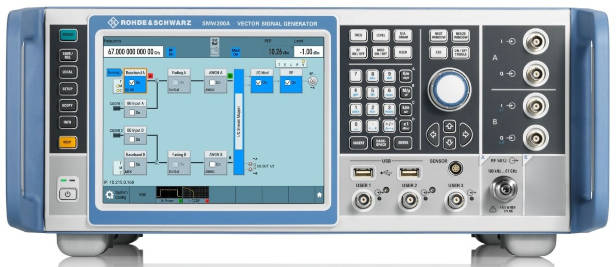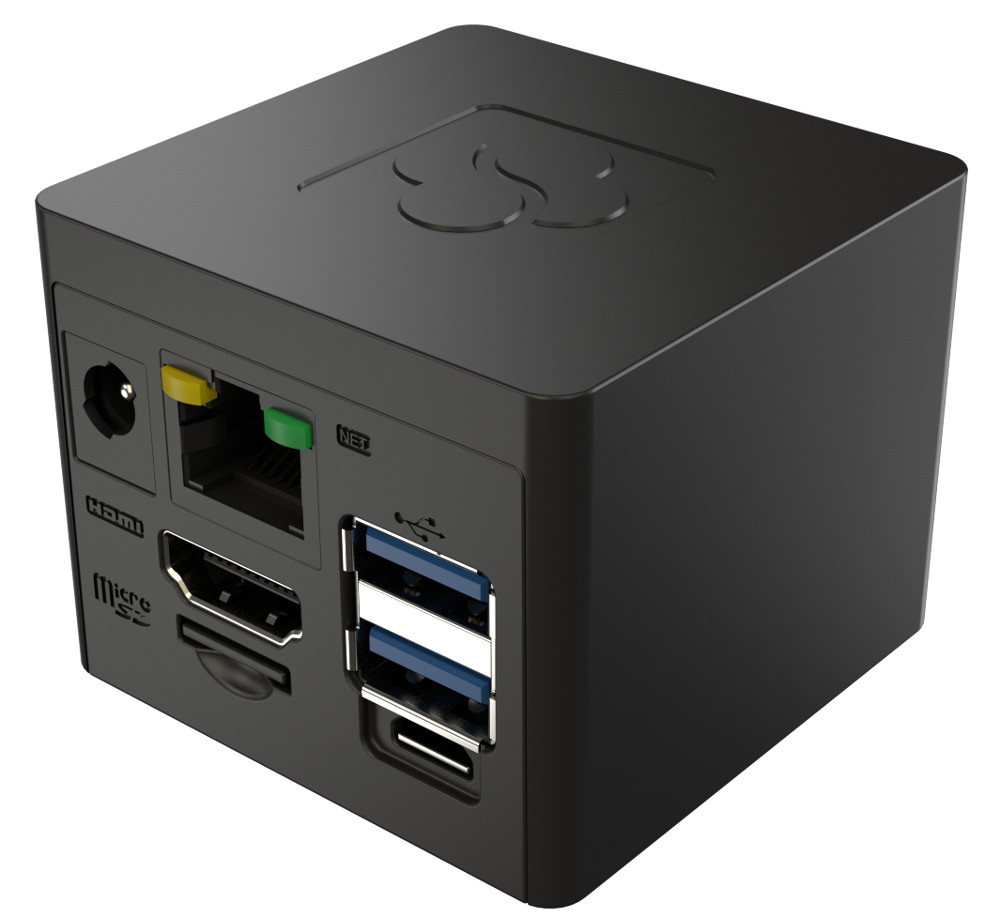
“The SMW200A is first to enable flat frequency response and 2GHz modulation bandwidth above 44GHz,” claimed the company. “The 100kHz to 56GHz option covers all currently used 5G frequencies, plus earth-to-satellite applications. The 100kHz to 67GHz option also supports planned higher frequency 5G bands, the 60GHz WiGig band, and inter-satellite links.”
2GHz modulation bandwidth supports the wider sub-carrier spacings defined for 5G FR2 Release 17.
“3GPP Release 17 has reached a well-defined stage, so developers will be looking for a signal generator to cover the extended FR2 frequency range from 52.6GHz up to 71GHz,” said R&S. “SMW200A with a 67GHz frequency option supports up to 72GHz in over-range mode.”
IEEE 802.11ad has taken Wi-Fi and wireless LAN to the 60GHz (57 – 71GHz) unlicensed band, forward and reverse satellite links operate between 37.5 and 52.4GHz, and inter-satellite links use up to 66GHz with up to 2GHz bandwidth, it added.
SMW200A is modular and can, for example, have a second RF path added, as well as a maximum of two baseband and four fading simulator modules. It can create signal scenarios such as 8×8 MIMO and LTE-Advanced carrier aggregation including fading – when more than two RF paths are required, the company’s SGMA signal generator modules need to be connected.







